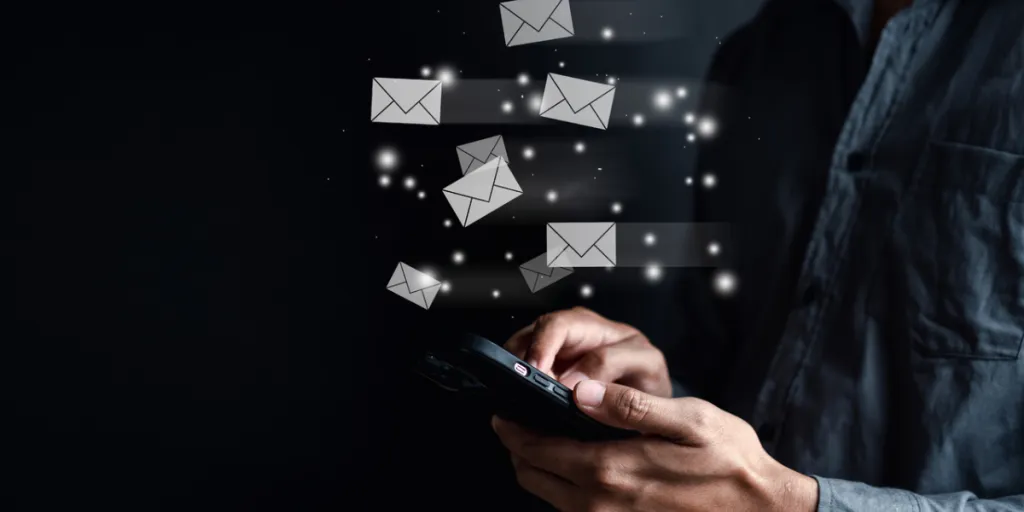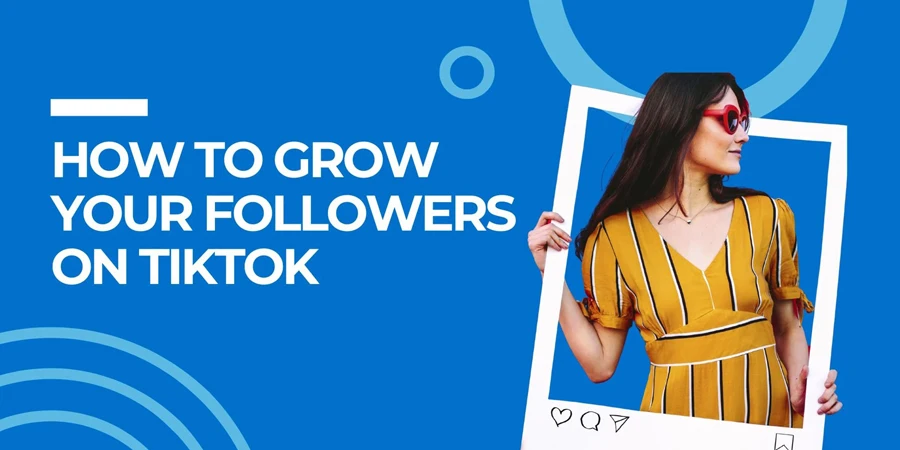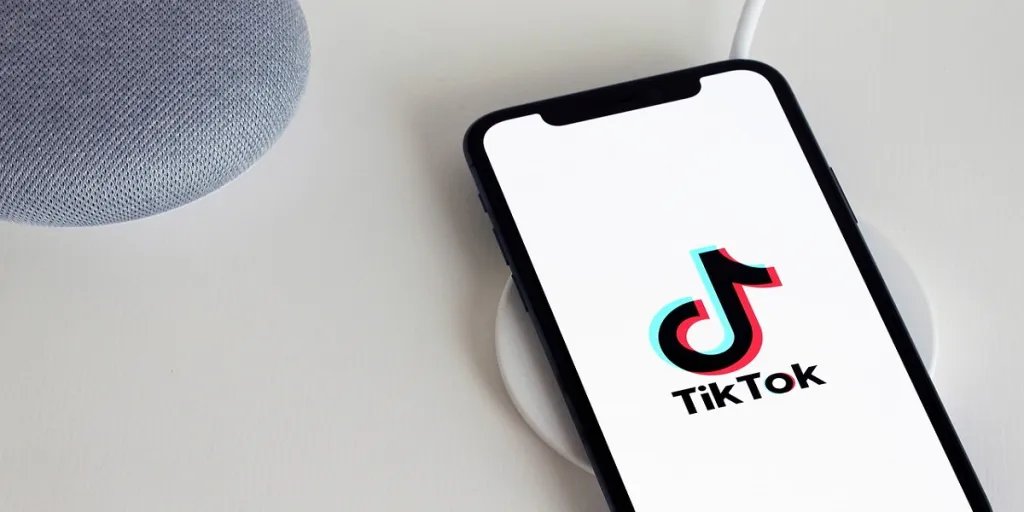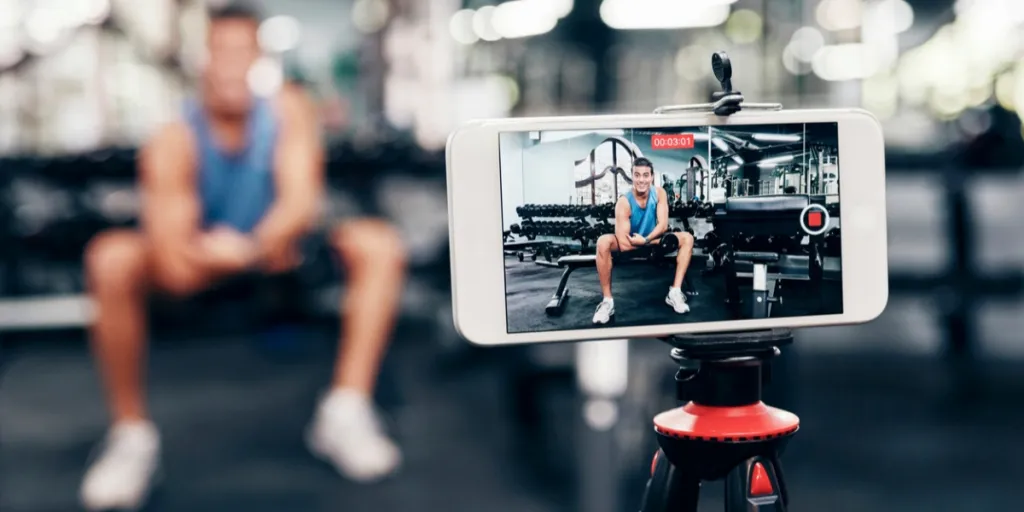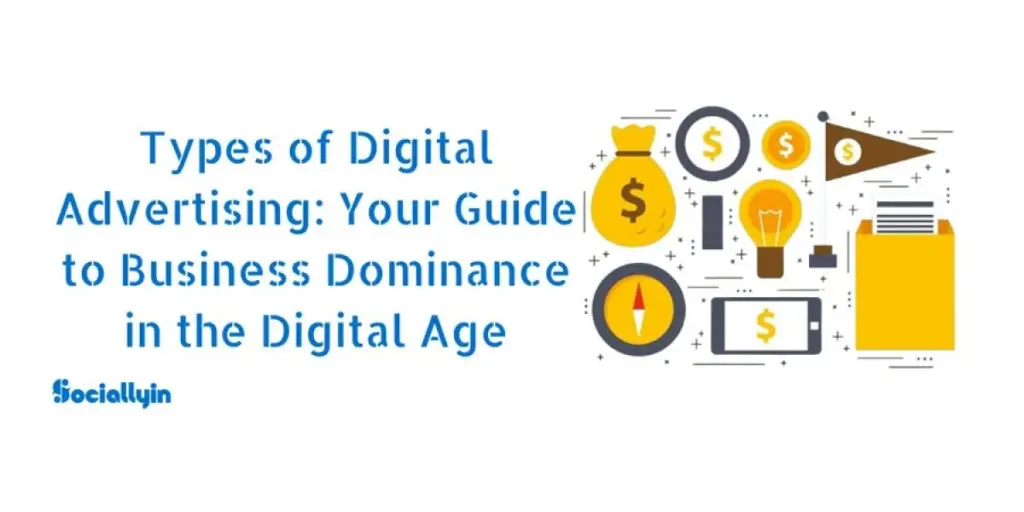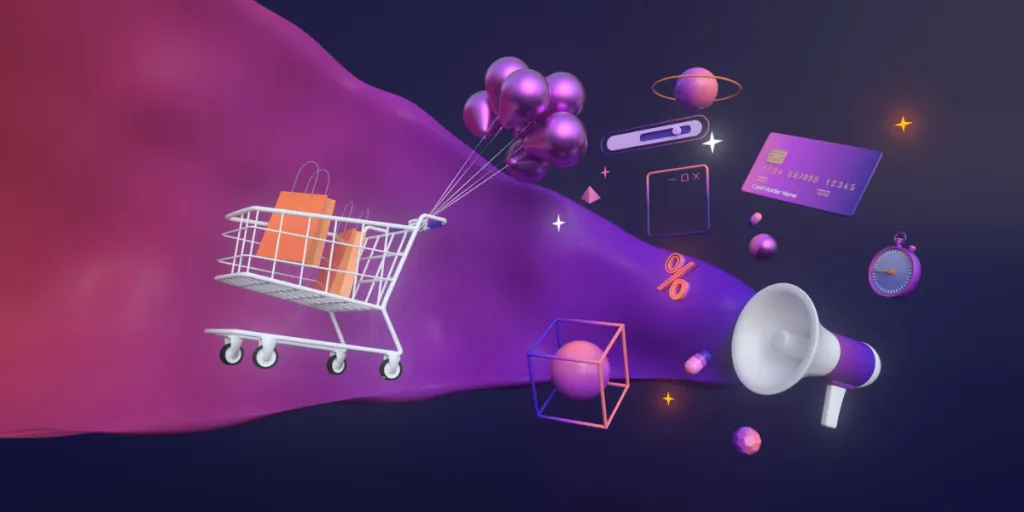One of the most common myths surrounding SMS vs. MMS marketing is that most phones do not support MMS videos. Truth is, if your phone supports MMS messages, then you can definitely send videos too.
But what exactly are MMS messages and how are they different from your regular SMS messages?
SMS allows you to send text-only messages while with MMS messaging you can include multimedia content like videos, pictures, GIFs, etc.
Both SMS and MMS text messages have different ideal use cases for ecommerce marketers.
This post takes a deeper dive into the difference between SMS and MMS and how you can use each for your marketing campaigns.
Let’s get started!
Table of Contents
What is SMS?
What is MMS?
Difference between SMS and MMS
Should you use MMS or SMS?
SMS, MMS, or both?
What is SMS?
SMS stands for Short Message Service and is a service that lets you send up to 160 characters of plain text to customers.
SMS is one of the simplest ways to communicate with your audience. You don’t need mobile data or Wi-Fi to send an SMS.
As a marketing tool, you’ll be reaching people directly, which makes SMS marketing both personal and timeless.
Plus you don’t have to worry about your reach as every mobile phone can send and receive SMS.
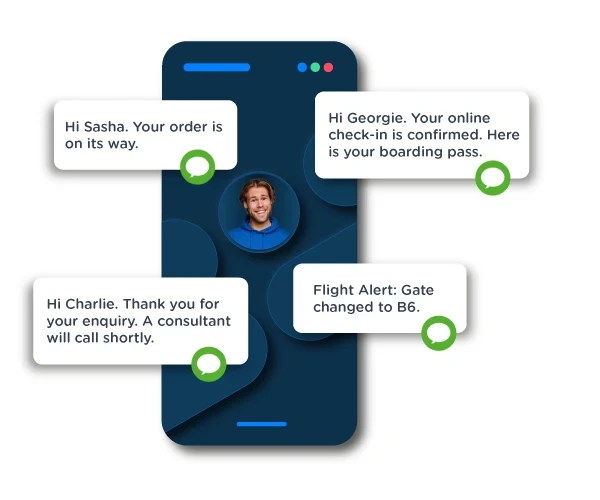
What is MMS?
MMS stands for Multimedia Message Service and is used to send both text and other media content like videos, pictures, GIFs, and audio. MMS messaging lets you send longer texts, unlike SMS messaging.
With MMS marketing, your recipient needs an internet connection because of the extra functions it supports, and they’ll download the media files within the MMS message.
Here’s what an MMS looks like:
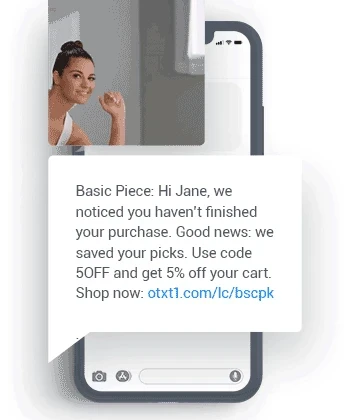
Difference between SMS and MMS
Here are the main differences between these two messaging methods in detail:
| SMS | MMS | |
|---|---|---|
| Ability to send media | It lacks the ability to send media except for emojis on some devices | You can include media content like pictures, GIFs, videos, etc |
| Character limit | Allows up to 160 characters per text including spaces | Allows for up to 1600 characters per text and 3.75MB for media |
| Pricing | It’s cheaper to send SMS only | Generally more expensive since it includes media |
| Deliverability | Higher deliverability as you can reach more devices | Lower deliverability as you can reach only smartphone users |
Ability to send media
This is the most significant difference between SMS and MMS. MMS allows you to send media such as GIFs, videos, audio, and pictures, making it a more engaging messaging service compared to SMS.
This functionality also gives you the freedom to get creative with your text message marketing campaigns.
SMS lets you send plain text, and sometimes emojis, depending on your device. However, emojis take up multiple characters, which limits the length of your message.
Whether you prefer SMS, MMS or both will depend on your use case.
Character limit
Another MMS vs. SMS comparison is their character limit. SMS messaging lets you send up to 160 characters, including letters, symbols, words, and spaces.
Conversely, MMS messages mostly have a character limit of 1600 for text and 3.75 MB for media. This could be lower in some devices and carriers.
Some devices also have a limit on how many MMS messages you can send in a day, as sending MMS messages takes up a lot of resources. This may be particularly inconvenient if you’re sending thousands of MMS messages at once.
Pricing
As it uses fewer resources, SMS is cheaper than MMS. The cost varies by service provider although most of them charge between $0.01 to $0.05 per message.
Most SMS providers have subscription plans for free SMS, so sometimes users don’t have to pay much.
Sending an MMS message with additional media costs as much as sending four SMS messages or more.
Factors that affect SMS/MMS pricing include using an SMS short code and sending messages in bulk. A short code is a shorter phone number used to send bulk text messages.
Here are estimates of SMS vs. MMS prices in the US using Omnisend’s SMS calculator.
| SMS | MMS | |
| 50 messages | $0.75 | $2.25 |
| 100 messages | $1.50 | $4.50 |
| 150 messages | $2.25 | $6.75 |
Deliverability
Every mobile device supports SMS messaging without cellular data or an internet connection. This makes it a reliable messaging method for all your customers, which in turn increases your deliverability rates.
Conversely, the MMS format is only supported by smartphones. Therefore, if your recipient has a feature phone, your MMS message may not be delivered.
Another difference is that you can send an MMS message on a group chat. Sending automated SMS to multiple customers, however, will mean that each of them receives an individual message on their device.
Should you use MMS or SMS?
This table outlines the pros and cons of SMS vs. MMS that you should consider when deciding which service to use:
| Pros | Cons | |
| SMS | • They’re brief and require less time to write • SMS is cheaper to send than MMS • You can add links and CTAs to make them more interactive • You can get carrier plans with unlimited texting at no cost to your recipients • You have a wider reach compared to MMS as SMS can reach more devices with no need for an internet connection | • 160 characters may be too brief to include every important detail • You can’t send visual content like videos and pictures • Your characters may be further limited if your business operates in a foreign language |
| MMS | • You can send 10 times more text in an MMS, giving you more characters to work with • You can send more than text, as MMS lets you include videos, pictures, GIFs, etc • The ability to include media makes your MMS more creative and engaging than SMS • You can add your logo to an MMS message to emphasize your brand | • It’s more costly to send MMS than SMS • You’ll not be able to reach customers without smartphones • Besides making text captivating, you’ll need to make sure your visual media is of high-quality |
So when should you use MMS or SMS? Here’s a deeper dive.
When to use SMS?
The following use cases are ideal for sending SMS marketing campaigns.
- Flash sales: Flash sales are a good way to sprinkle urgency into your email and SMS campaigns. Doing so via text means high open rates and a quick response from customers.
- Two-way messaging: With two-way SMS marketing, your marketing team can have back-and-forth conversations with your customers directly and in real-time. This helps them feel heard, which sets SMS messaging apart.
- Launching a new product: When bringing a new product into the market, you want your customers to know immediately. This is especially true if you’re looking to give your loyal subscribers and customers a shot at a new feature before it’s launched. SMS messages are ideal, again, due to their high open rates.
- Lead nurturing campaigns: You can use personalized text messages to generate leads. Automated SMS marketing campaigns reaching a wide audience can get you more prospective customers.
- Appointment reminders: For businesses that provide services, such as clinics, sending appointment reminders to customers is easier using SMS. SMS is also ideal for sending other reminders such as events, and special occasions.
In this video, our Senior Ecommerce Expert, Greg, discusses how you can integrate SMS into your automated workflows for omnichannel marketing campaigns.
When to use MMS?
Some popular use cases for MMS message types include:
- Welcome messages: MMS messages are ideal for friendly, personalized messages to welcome your new subscribers.
- Cart abandonment messages: MMS is also ideal for sending reminders to your clients about their cart abandonment. You could embed links to redirect them back to their cart.
- Birthday or anniversary messages: MMS lets you send custom birthday cards, anniversary images, or visuals for any other special occasion. This helps build a more personalized relationship with your customers.
- Collection or product introductions: Just like SMS messaging, you can use MMS to introduce new products. With MMS marketing, however, you can get a little more creative. However, you’d need to make it engaging for maximum impact. Luckily, you can easily do so using its various multimedia options.
- Event invitation or promotion: MMS makes it easier to add interactive and interesting media to your event invitations or promotions, getting you higher click rates and potentially more conversions.
The video below discusses when and when not to use MMS messaging.
SMS, MMS, or both?
You don’t have to choose. With the distinct differences between MMS and SMS, you can use each interchangeably where they’re most impactful. You want to align your marketing goals with the right messaging channel.
If you’re looking to impress your subscribers, engage them, or even entertain them, MMS is the most ideal channel. But if you want quick, brief, budget-friendly, yet impactful messages, SMS should be your go-to option.
Most text marketing software solutions provide your business with both options making it easy for you to use both. Omnisend is one such service, and it enables automated SMS and MMS campaigns that can help you reach your audience.
Source from Omnisend
Disclaimer: The information set forth above is provided by Omnisend independently of Alibaba.com. Alibaba.com makes no representation and warranties as to the quality and reliability of the seller and products.
